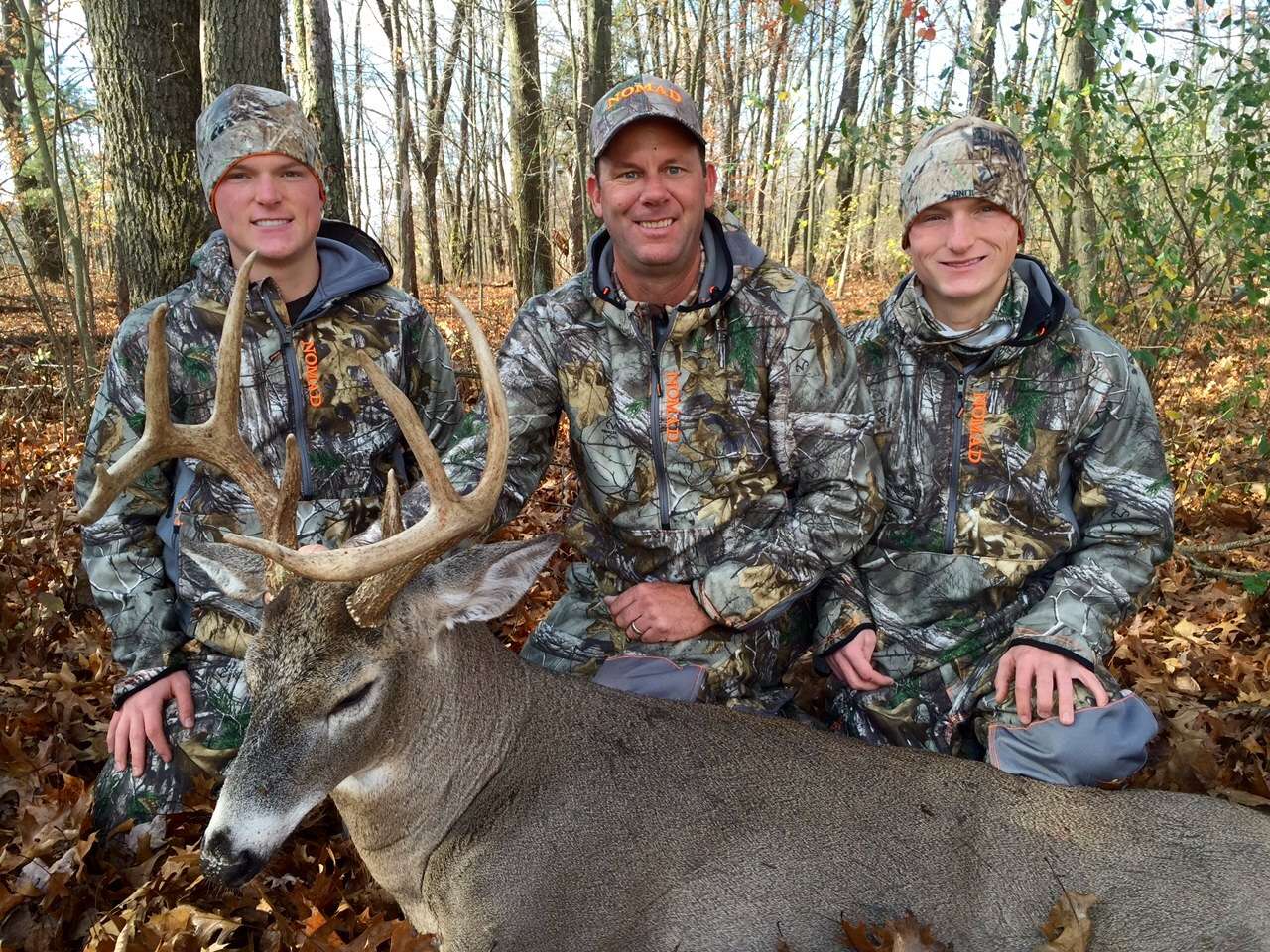
If you follow this blog, you’ve probably read where I’m often conflicted this time of year.
I finally have some downtime at home, so I’m torn between getting my new Nitro prepped and tackle ready for spring, enjoying the phenomenal fall fishing we have here and deer hunting.
The beauty of fall fishing is the lakes have calmed down and the bass aren’t getting as much pressure. Water temperatures are dropping across the country and the fish are active. That makes the bass feed heavily.
However, as much fun as that is, I really love to deer hunt, especially with a bow. Frankly, that’s true of some of the best bass anglers I know – they’re also serious hunters.
And that’s no coincidence. Many of the traits found in top-notch bass anglers are prominent in the best hunters.
That’s not to imply that sportsmen have to fish for bass and hunt deer to be at the top of their games, but there is definitely a correlation in how success is achieved.
Both activities require an astute awareness of your surroundings and attention to detail if you want to be consistently successful at outsmarting a trophy.
You have to outsmart mature whitetail deer during the rut the same way you do trophy bass during the spawn; you have to factor in all the variables and notice the little things that less successful sportsmen overlook.
In both sports, weather patterns and environmental conditions will guide you to a subtle change in presentation or hunting location.
Just as I do when bass fishing, I study 10-day weather forecasts, looking for changes and monitor moon phases. With the detailed apps offered on today’s smart phones, you can track the weather right down to the hour and reasonably predict a change that will affect your prey.
If the wind has been blowing out of the South, then switch to south westerly, there’s a window of opportunity for you to put yourself in a better area at that time. Be prepared for it and capitalize!
Deer and bass get active prior to a major front, but there are differences. Whereas bass will be more active in wind and cloud cover because they know it gives them advantage as a predator, deer are less active under those conditions during the hunting season because they become the prey. After the front passes and a high pressure system moves in with little or no wind, deer get more active while bass fishing can get tougher.
Food sources are another example. Like bass, deer follow different food sources and will make pertinent shifts when the opportunity becomes available. They know when the acorns are dropping and will find them. As soon as the corn dries in the fields, they shift to that.
When you recognize those things you’ll find yourself hunting more productive areas.
Bass are no different. Fish that were targeting crawfish will switch to baitfish when they sense the shad are schooling or spawning, or from bottom feeding to the surface action when there’s a major mayfly hatch.
When you know this, you make the appropriate changes in lure presentations.
Savvy outdoorsmen are constantly perceptive of their surroundings and conditions, know how their quarry reacts to those conditions, and ultimately put themselves in a position to be successful.
Remember, it’s all about the attitude!
Kevin VanDam’s column appears weekly on Bassmaster.com. You can also find him on Facebook, Twitter and Instagram.

